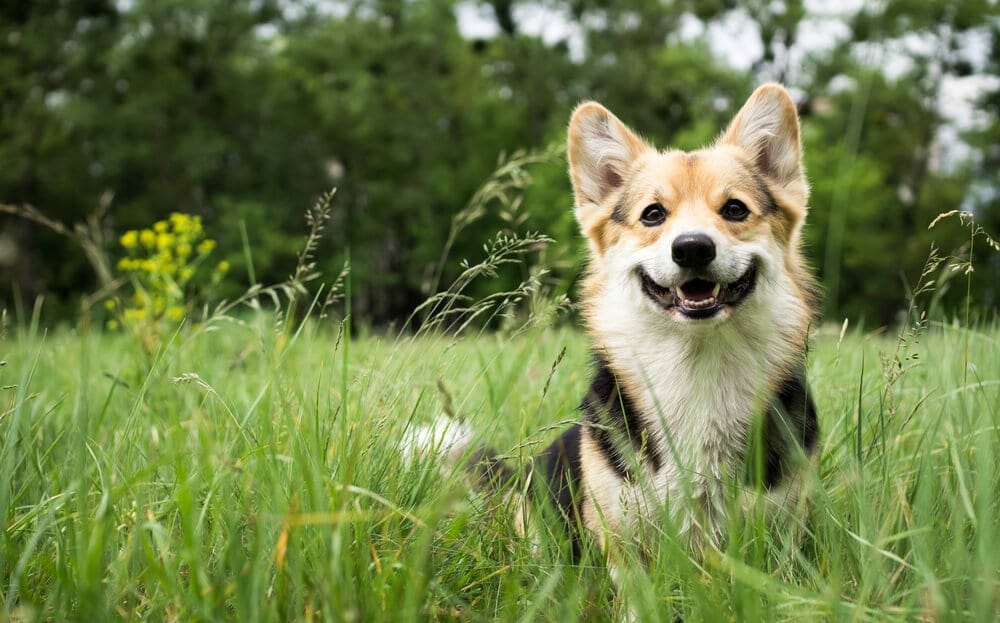Summer Grass Seeds
PIA Australia
January 25, 2018
Those pesky seeds are causing havoc once again for unsuspecting dogs and their loving owners.
“It’s that time of year when we do see an increase in grass seed complications,” Nadia Crighton from Pet Insurance Australia says. “We are advising owners of dogs of all shapes and sizes to be extra vigilant by conducting a quick check after walking through long grasses or bushlands.”
Understanding the Seed
Thanks to mother nature, grass seeds have a very ingenious design that is perfectly suited to the environment. Under a microscope, many varieties resemble a flawless miniature arrowhead. While this is great for ensuring a good grass crop, it can spell disaster for an unsuspecting dog and their loving owners.
“A grass-seed is a ‘living’ organism,” Crighton warns. “When it finds its way into the coat of a dog, it will continue to burrow into the skin until the seed finds its way out, or is physically removed by a veterinarian.”
Being made up of organic matter also makes these prickly mini-monsters impossible to see on X-Ray.
“All this sounds very ‘doom-and-gloom’, but before you hang up your walking boots, grass-seed incidents can be easily limited and with a little patience you can help prevent your dog suffering from a puncture wound.”
Prevention
The seeds are commonly extracted by veterinarians from the ears and between the delicate tissue of the toe area. Once a seed has entered the soft tissue it will continue to burrow through the body until extracted. Dogs closer to the ground and those with long hair are more likely to pick up grass-seeds on their journey through the great-outdoors. However, many short coated larger breeds have also experienced grass seed issues.
These seeds are more commonly found on the off-beat-track and around meadows, woody areas and bushland.
- Keep hair between the paws, on the legs and underbelly short
- Keep the hair in (and around) the ears short
- Check your pet’s coat and remove seeds after each walk
- Check between the pads of the feet (the thin skin called the interdigital space)
- Check the ears for any seeds
- Watch for symptoms (see below)
- Avoid overly grassy areas during summer and spring
If you have removed a grass seed ensure you check the wound daily. If the hole is not closing veterinary treatment is paramount to remove the remaining seed.
HELP!
If you suspect your dog has a grass-seed embedded in their skin, and you cannot remove it yourself, seek veterinary advice quickly. Remembering the seed will continue to burrow, and it will need to be removed. Grass seeds can cause a lot of distress and pain. The sooner it is removed the quicker your pet will recover. Symptoms of grass-seed embedment include:
- Sudden onset of lameness or limping
- Licking/chewing at feet
- Shaking head and scratching/pawing at ears
- Extreme pain
- Dog looks uncomfortable and in pain or can’t seem to settle in one place
- A puncture area

8 Comment